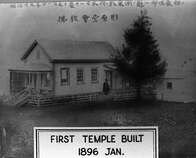
Opened in 1896, the original temple, which was named the Hāmākua Bukkyo Kaido (Hāmākua Buddhist Temple), was renamed the Hāmākua Jodo Mission in 1951. The oldest sanctioned Buddhist temple in Hawai`i, the original 24 by 36 foot structure stood on an acre of land, surrounded by sugar cane fields. When the current temple was built, this original building was converted into a kitchen and dining hall, which is still in use today.
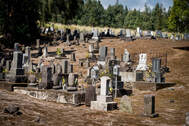 HJM graveyard behind the temple. The graveyard was in existence several years before the temple was built. Photo by Jan Wizinowich
HJM graveyard behind the temple. The graveyard was in existence several years before the temple was built. Photo by Jan Wizinowich The cemetery has an array of headstones ranging from carved marble to carefully arranged boulders to simple stones. These last are the resting place of unknown immigrants whose families had perhaps returned to Japan. It is also the resting place for Japanese laborers whose graves were transferred from Kukaiau.
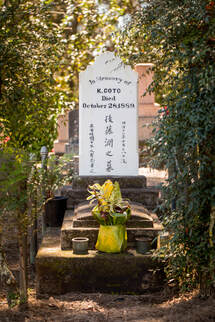 The gravestone of Katsu Goto, who was an advocate for Japanese plantation workers and died for his cause. Photo by Sarah Anderson
The gravestone of Katsu Goto, who was an advocate for Japanese plantation workers and died for his cause. Photo by Sarah Anderson The HJM served as a place of worship where immigrants could gather as a community and take refuge from the rigors of plantation work. There is no record of the Bon Dances at the temple, but in the years before it was constructed, perhaps Hāmākua plantation workers held Bon Dances in the sugar cane fields or other open spaces.
The temple’s cemetery, in existence several years before the temple, along with the stories of the many generations of temple members, tells the history of an island community that spans across the Pacific. Katsu Goto, who arrived in 1885 was among the earliest burials. Mr. Goto became a spokesman in a labor dispute between Japanese workers and the plantation and in October 1889 was found lynched from a pole on main street Honoka`a. Revered in his hometown of Oiso, Japan, the municipal museum there has created a memorial exhibit honoring him.
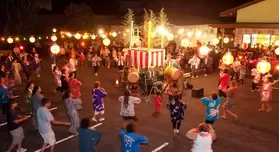
Normally, a red and white striped yagura (Japanese for tower or keep) topped with a platform, is in the center and holds the musicians, Taiko drums and other instruments that provide the rhythm for the dancers. But for tonight, the musicians have set up on the high front porch of the temple and a small red and white striped enclosure acts as the pivot point for the dancers.
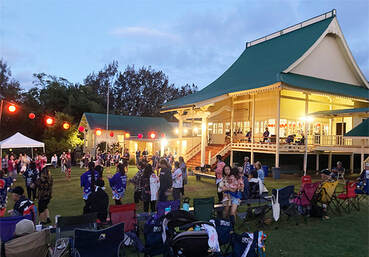
Japan and Okinawa are the sources of most of the HJM playlist. Similar to hula, each song has movements that tell a story, which are derived from the unique character of their place of origin. “Some are traditional folk songs, others are more modern. Fukushima Ondo, performed by Taishoji Taiko twice at HJM (we are so grateful for their participation and wonderful energy!) is traditional. Many are about working, playing, romance, celebration, gratitude, peace, good harvest or one’s hometown,” shared Clara Toma, who with her husband Steve organized the playlist.
“Some songs are Hawaii-based, particularly Hore Hore Ondo (about the immigrants working on the plantation and making a life here) and Shin Hawai`i Ondo. There are also songs from Japan/Okinawa that are choreographed in Hawaii for Bon Dance, such as Miruku Minari, which is about harvesting,” adds Clara.
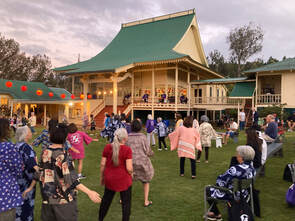
A few of the dancers are wearing formal kimono complete with elaborate obi. But the majority are dressed in unique happi jackets that range from silk batik to shiny silver brocade. Over the centuries there have been attempts at dress codes for Obon, limiting participation to those dressed formally in kimono. But for the most part dress is the choice of the individual. Chad calls out the song Korekara Ondo, danced with a small towel called a tenugui. Other songs call for a fan or kachi kachi (small wooden clappers).
Children from babies to teens weave through the crowd. The music pauses and six year-old Liam, ace volunteer, races up the temple steps to pick raffle tickets and deliver prizes. The music resumes and the dancers are moving counter clockwise, while a few young dancers frolic clockwise. No matter.
Eventually my knee gives out and I sit and watch and think of my mom, who passed away in 2010. Of Finnish origins, her small Oregon community built a gathering place where all generations came together to dance schottische and other traditional group dances, keeping the generations connected.
The Bon Dance, which culminates the Obon celebrations, will continue on into the night to uplift the participants and bring joy to those that have passed to rest peacefully until next year.
The Japanese Bon Dance in Hawai`i. Judy Van Zile.
https://en.wikipedia.org/wiki/Bon_(festival)#
https://memory.loc.gov/diglib/legacies/loc.afc.afc-legacies.200002880/
https://discovernikkei.org/en/journal/2006/7/8/obon/
https://archive.org/details/annualeventsinja00japa/page/16/mode/2up?q=Bon+dance
https://kauaisotozen.org/docs/newsletter.pdf
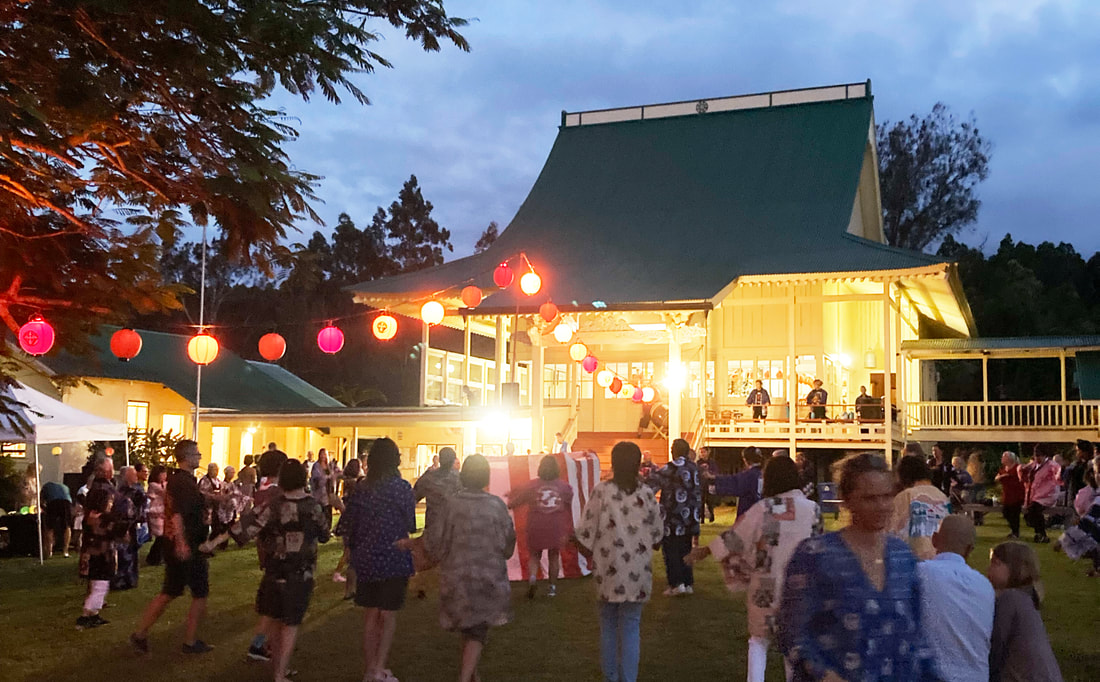

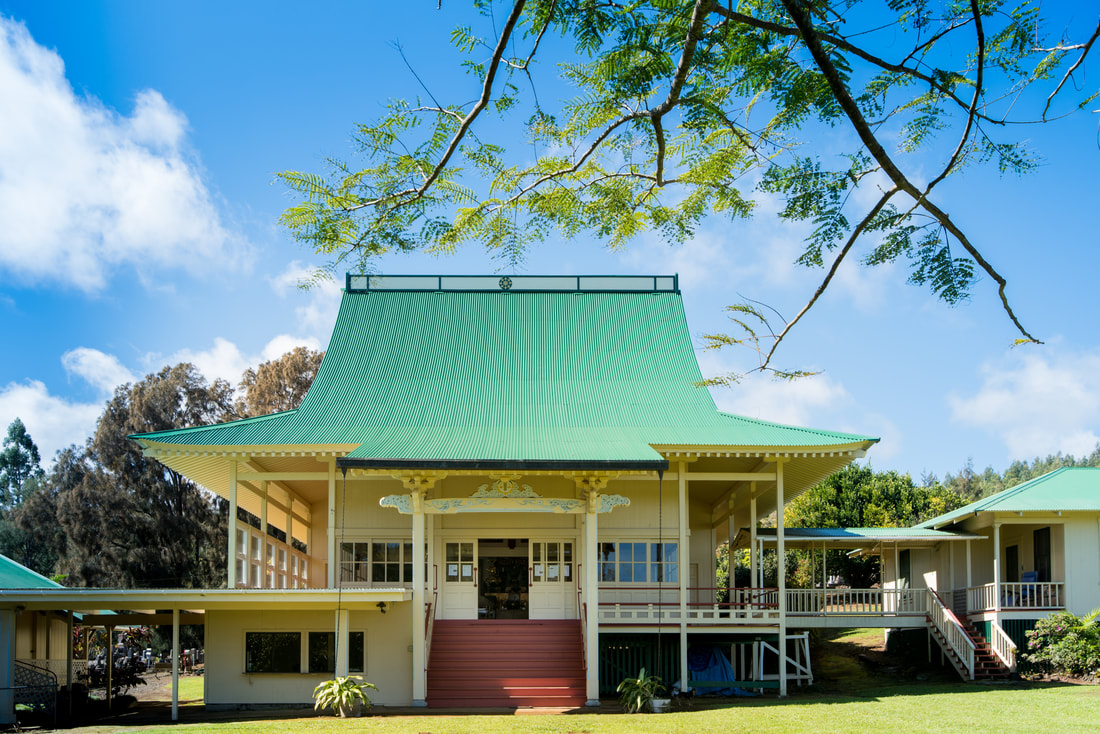
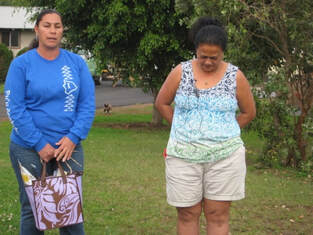
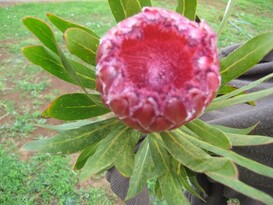
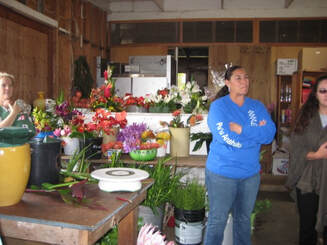
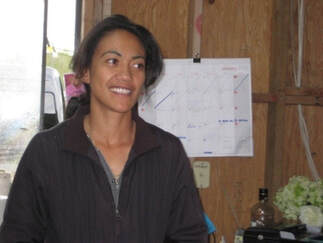
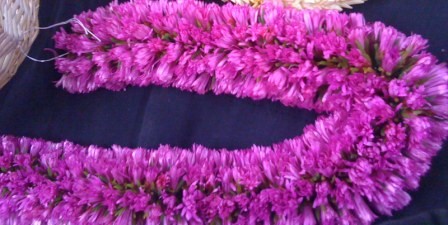
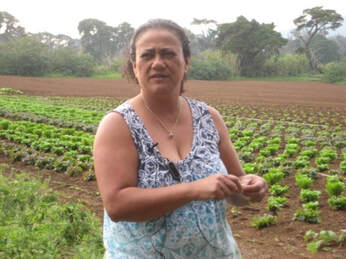
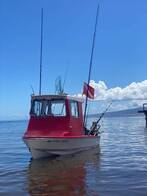

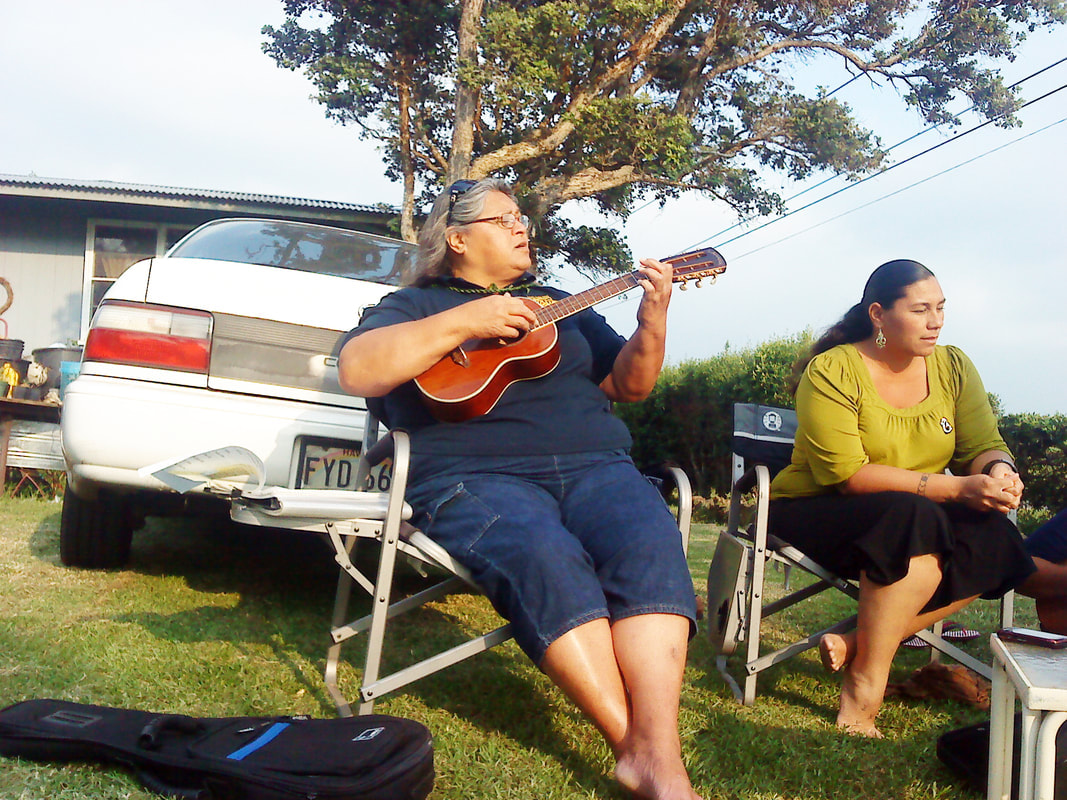
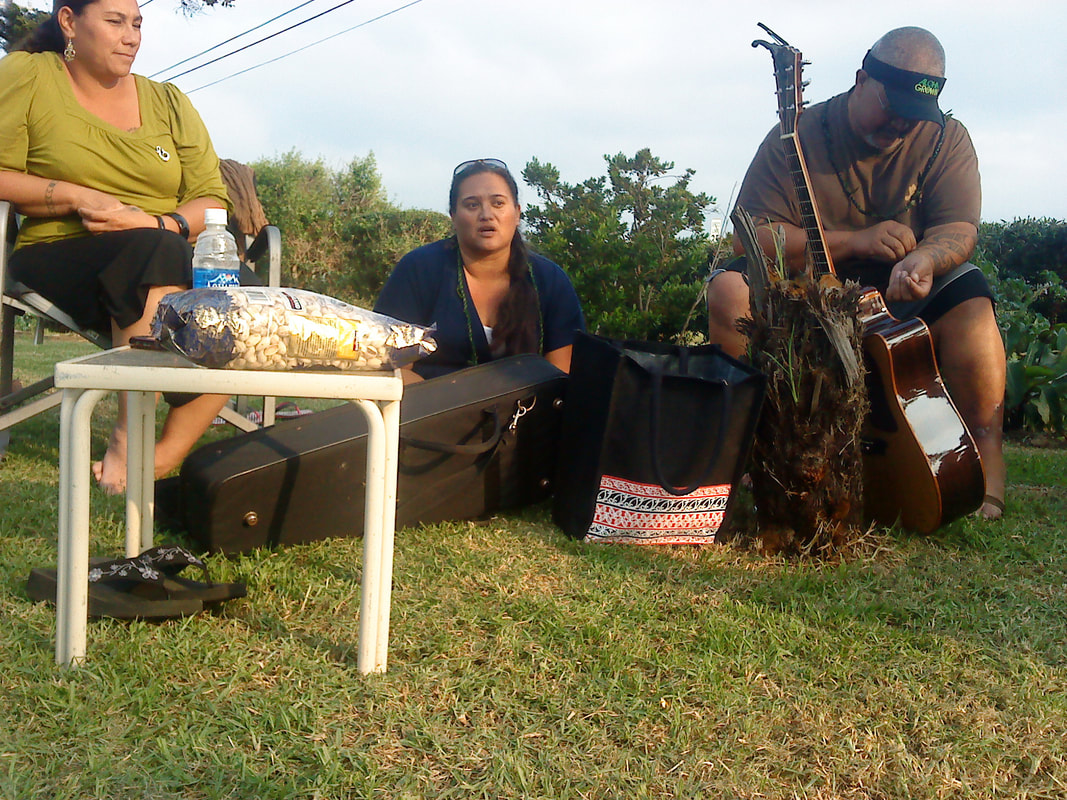
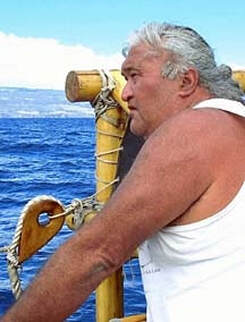
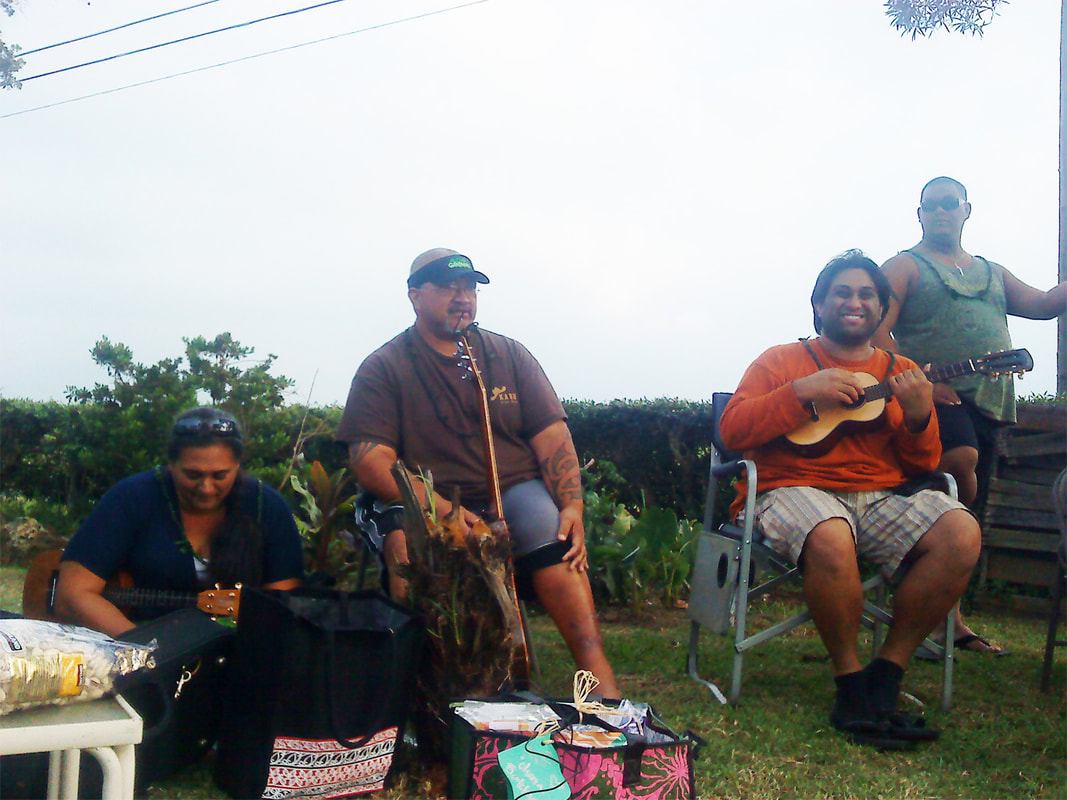
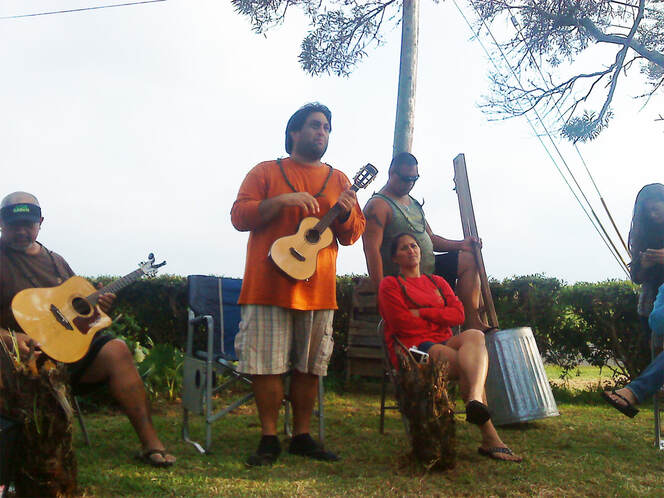
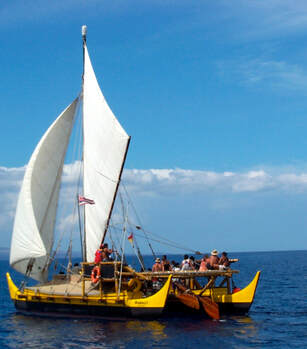
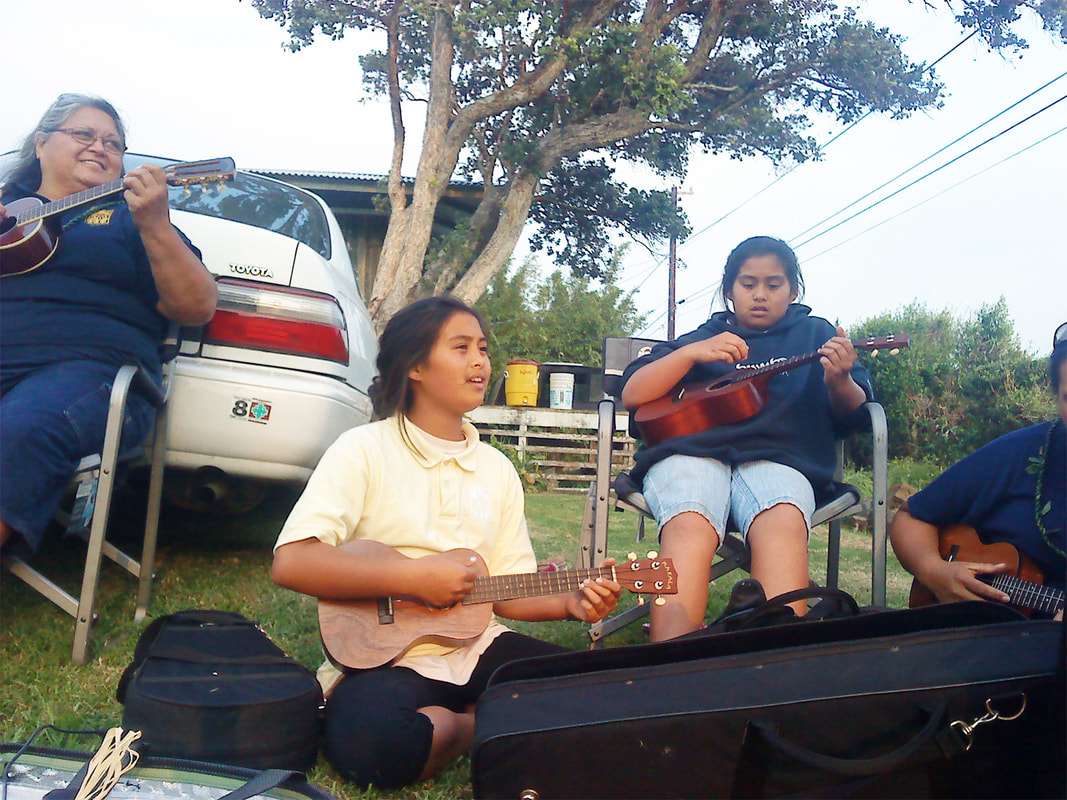
 RSS Feed
RSS Feed
